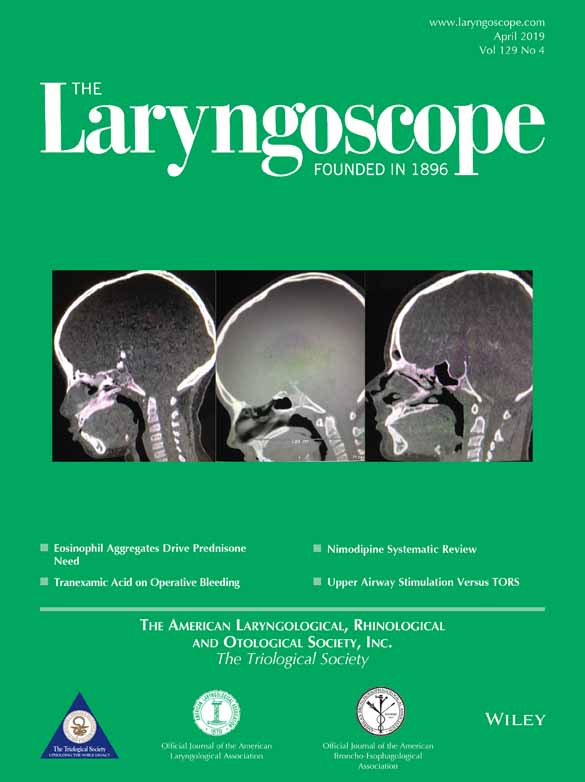Cryotherapy has antifibrotic and regenerative effects on human vocal fold fibroblasts
This work was supported by a grant from the National Natural Science Foundation of China, project 81329001.
The authors have no other funding, financial relationships, or conflicts of interest to disclose.
Abstract
Objectives/Hypothesis
Vocal fold scarring remains a major treatment challenge, and scar prevention without residual lesions remains a dilemma. Cryotherapy has shown cosmetic outcomes on skin lesions with minimal scarring. The aim of this study was to clarify the beneficial effects of cryotherapy for the prevention and the treatment of vocal fold scarring.
Study Design
In vitro.
Methods
Primary cultures of human vocal fold fibroblasts (VFFs) were used in this study. Myofibroblast differentiation was stimulated by transforming growth factor β1 (TGF-β1). We mimicked the cryotherapy effect on vocal fold healing in vivo by freezing VFFs ± TGF-β1 in vitro. The influence of freezing on cell viability, proliferation, migration, and contractile properties were analyzed. The expression of collagen I, collagen III, fibronectin, TGF-β1, matrix metallopeptidase 1 (MMP1), hyaluronan synthase 1 (HAS1) were investigated by real-time polymerase chain reaction (RT-PCR), and the expression of alpha smooth muscle actin (α-SMA) and decorin were investigated by RT-PCR and Western blot.
Results
Freezing was found to modify extracellular matrix (ECM) synthesis and differentiation of VFFs. Expression of collagen I, collagen III, fibronectin, α-SMA, and TGF-β1 was downregulated, and MMP1 was upregulated in VFFs + TGF-β1 (myofibroblast) by freezing. HAS1 and decorin were upregulated in both VFFs ± TGF-β1 by freezing. Freezing VFFs + TGF-β1 (myofibroblast) with fast thawing had a lower expression of α-SMA when compared with slow thawing. Freezing reduced the migration and collagen contraction of VFFs + TGF-β1 (myofibroblast).
Conclusion
Cryotherapy induces antifibrotic and regenerative ECM alterations in VFFs. These data provide insight into the prevention and the treatment of vocal fold scarring with cryotherapy in phonomicrosurgery.
Level of Evidence
NA Laryngoscope, 129:E143–E150, 2019




